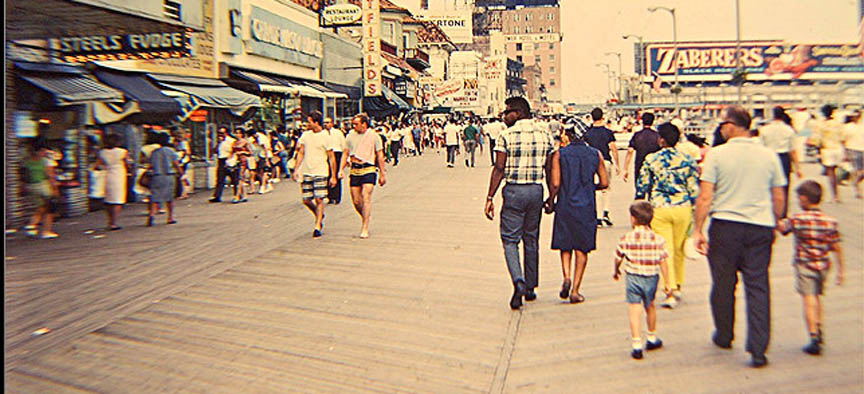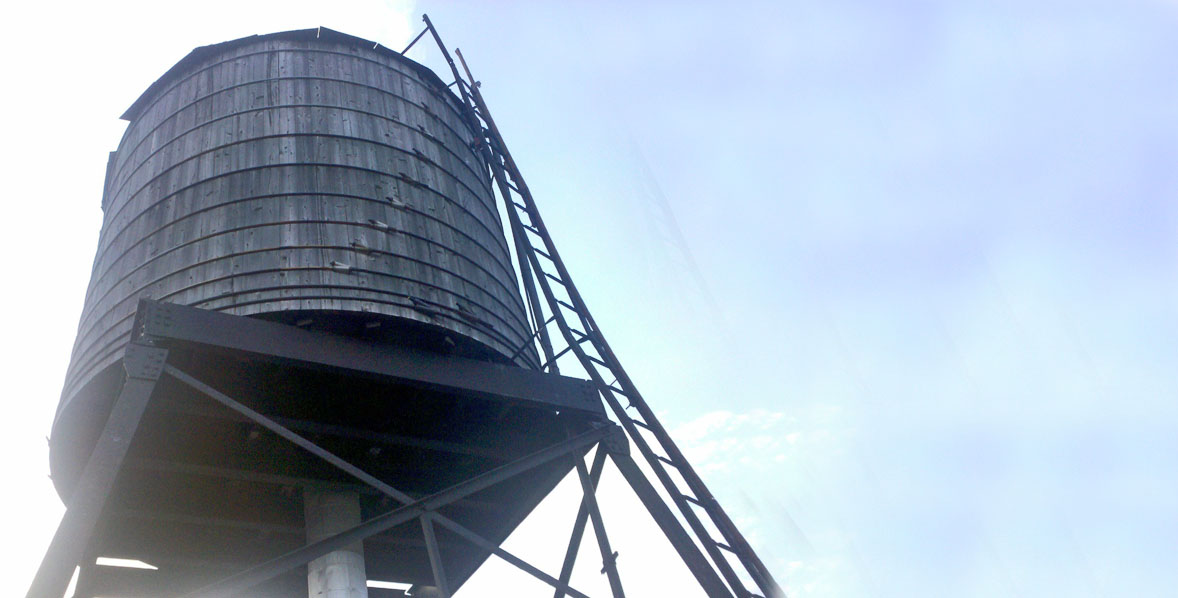Seaside boardwalks are usually built with wood, though increasingly made of concrete or pressure treated softwoods in response to concerns about the destructive harvesting and use of Rainforest woods. Reclaimed boardwalk woods are a limited but sustainable source of Ipe, Cumaru, Angelique and other S. American hardwoods. Boardwalks are found around the world, but are especially common in the New York and New Jersey area. The boardwalk woods reclaimed at Sawkill Lumber Co. have been recovered from three seaside walkways, Coney Island, Far Rockaway and Atlantic City.


